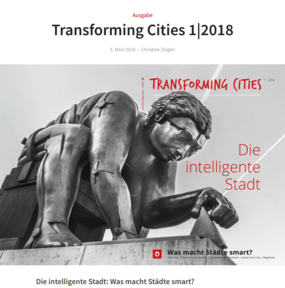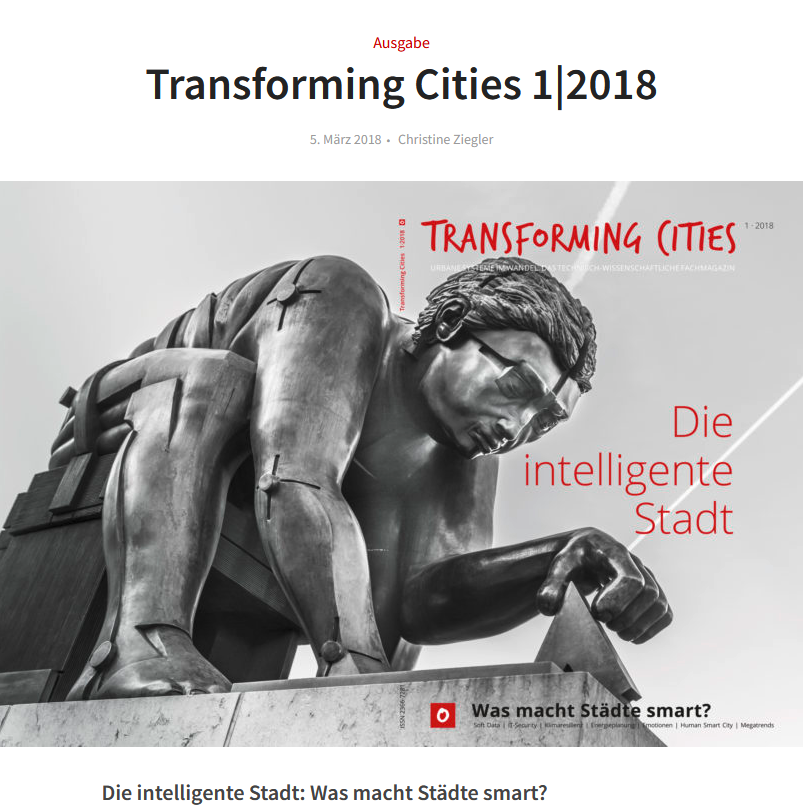Flexible operation strategies and active demand side management promise economic benefits for operators and customers and can increase climate resilience of grid-bound infrastructure. Therefore, the role of consumers needs to be altered towards a more active participation, and their awareness for infrastructure system constraints arising from climate change needs to be raised.
In their recent article "Mit Flexibilität zu resilienten Infrastrukturen? –Wie digitale Anwendungen, Nudges und Blockchain die Klimaresilienz von Infrastrukturen verbessern können” (Transforming Cities issue 1/ 2018, pp. 36-39) inter 3 researchers Dr. Özgür Yildiz and Dr. Till Ansmann discuss how digital applications, blockchain technology and modern approaches derived from behavioral economics such as 'nudges' can activate existing flexibility potentials.
The energy sector has been playing a leading role in the flexible handling of load fluctuations and peak load problems for several years. Under the slogans of "Smart Grid" and "Regional Smart Markets", the gradual change towards the communicative networking and control of power producers and consumers on regional level has been carried out.
The aim is to set up a so-called "yellow phase" as an operational substitute for capital-intensive grid expansion. In other areas of infrastructure provision, approaches to making infrastructure more flexible are currently in their early stages. Thus, it is the task to learn from the energy sector for other grid-bound infrastructures (e.g., water and wastewater sector).
In this context, applications from the digital world, such as big data, enable a wide range of data mining and processing to extract information and use it, for example, during heavy rainfall or heat and drought periods for targeted, effective demand response. Nudges can complement these information strategies. In addition, blockchain technology allows large consumers and households to increasingly play the role of providing flexibility capacity.

![[Translate to English:] Porträt von Dr. Shahrooz Mohajeri](/fileadmin/_processed_/e/2/csm_21c969_ls_weiss-162_a84f830a60.jpg)
